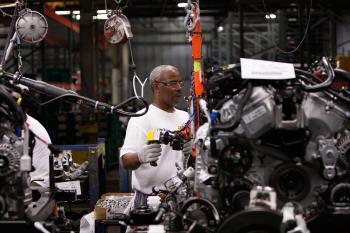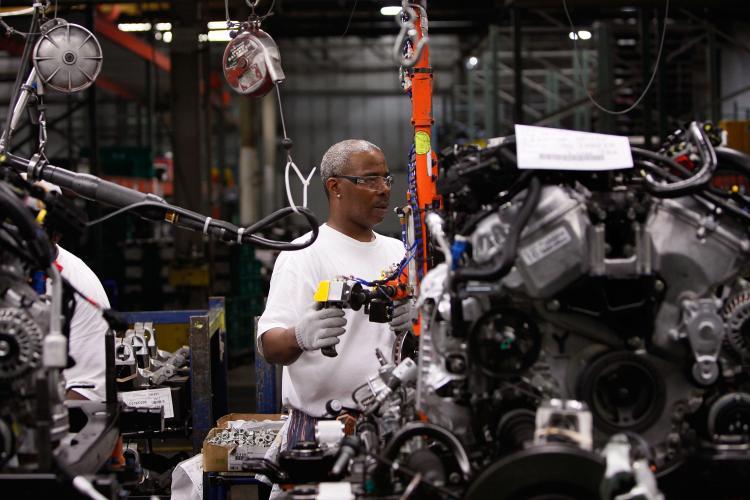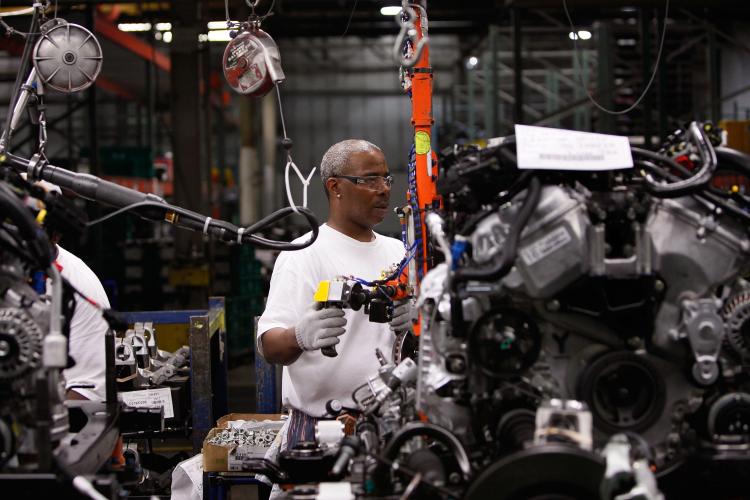Productivity—the efficiency indicator measured as how much an employee produces (output) per hour worked—rose in the second quarter by 6.4 percent in all non-farm business sectors.
According to the Department of Labor, the increases in productivity were the largest since the third quarter of 2003, and were due to total hours worked declining faster than output. For example, as output decreased 1.8 percent in the business sector, the hours of all persons engaged in the sector fell 7.5 percent.
“Productivity goes up when you produce more or when you have less labor producing”, explained Gene Siciliano, a financial advisor for business executives and the author of “Finance for Non-Financial Managers.”
When sales go down companies often cut costs, and because the largest expense at most companies is labor, they tend to lay off employees.
“If you lay off the excess people and now you keep the people to match your lower sales revenue you have raised your productivity by doing nothing but having a layoff, and that’s what happened”, said Siciliano.
In the current recession companies have been using productivity gains to adjust their bottom lines and report better than expected second-quarter earnings results, in spite of decline in sales.
“Sales are going down but you are pushing your costs down. So that’s why you saw in April suddenly the market turned around and moved up because companies were doing what they should do, which is lower costs in a lower demand environment,” Siciliano concluded.
Although many people consider productivity data as a lagging indicator of the economy, productivity still counts as a tool that indicates higher living standards by way of lower prices and higher pay for workers.
According to the Labor Department, output measures for business and non-farm business are based on measures of GDP prepared by the Bureau of Economic Analysis of the U.S. Department of Commerce.
In the manufacturing sector, productivity jumped at a 5.3 percent pace. Quarterly output measures for manufacturing reflect indices of industrial production independently prepared by the Board of Governors of the Federal Reserve System.
Many analysts expected a jump in quarterly productivity, but the 6.4 percent increase far exceeded analyst projections.







Friends Read Free